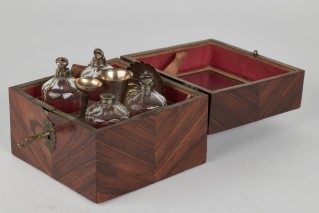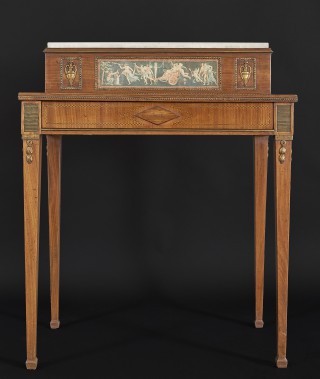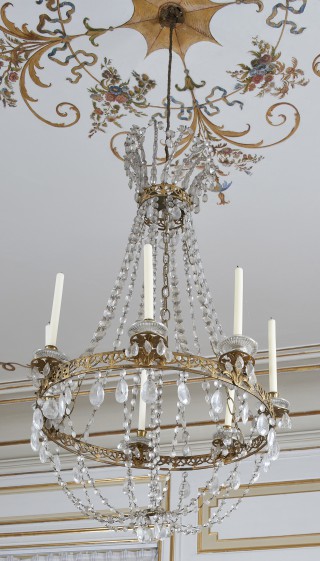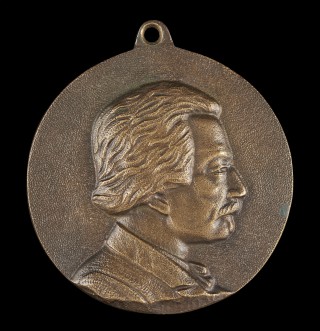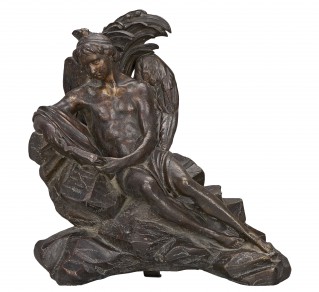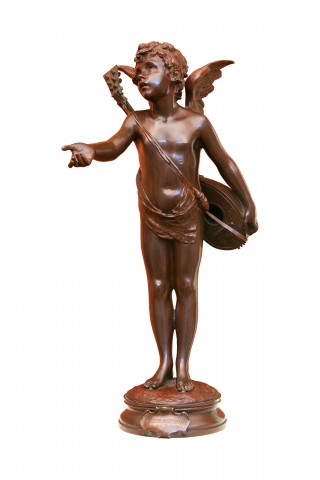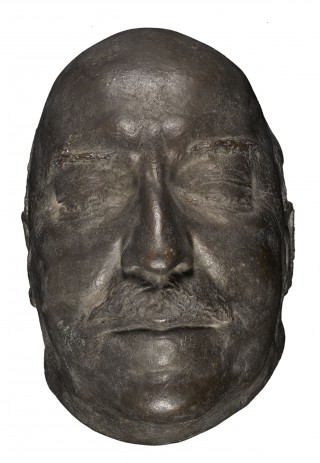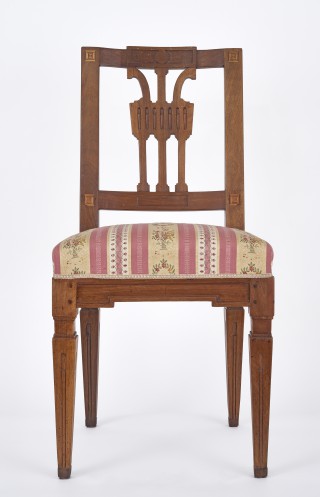The Presentation in the Temple
- Date
- 17th c.
- Object type
- painting
- Technique
- tempera
- Material
- paper, canvas
- Dimensions
- 27,1 x 20,7 cm
- Acquisition date
- 1793
- Location
- The Palace on the Isle - Hallway, 1st floor
- Place of Origin
- Italy (Europe)
- Owner
- The Royal Łazienki
- Museum number
- ŁKr 953
… The subject of the Presentation of the Child Jesus at the Temple in Jerusalem was taken from the Gospel according to St Luke (2: 25–35), and was depicted in works of art usually through the episode with Simeon, who sees the Child Jesus as the forthcoming Messiah. The compositional scheme of this scene, also used in the Łazienki painting, was developed in the second half of the 16th century, became popular in the 17th and was continued into the next century. The central point of the composition is the figure of Simeon standing on the threshold of the Temple (or close to the altar) and accepting the Child Jesus from the kneeling Mary. Often an important motif are the large candles, in candleholders standing on the altar or held by assistants in the main scene— which allude to the Christian tradition of holding up candles for blessing at the Mass celebrating the Presentation of Jesus (also known as Candlemas, the Feast of the Purification of the Virgin, and the Meeting of the Lord). Scenes composed against an architectural background closing one side of the composition and opening out onto a landscape were also often painted. Compositional affinities to the depictions of this subject in Italian art can be noticed in the Łazienki painting, however, it is difficult to propose a plausible attribution, as it is a sketch, and of rather mediocre quality. [D. Juszczak, H. Małachowicz, The Stanisław August Collection of Paintings at the Royal Łazienki. Catalogue, Royal Łazienki Museum, Warsaw 2016, no. 123, p. 449.]




